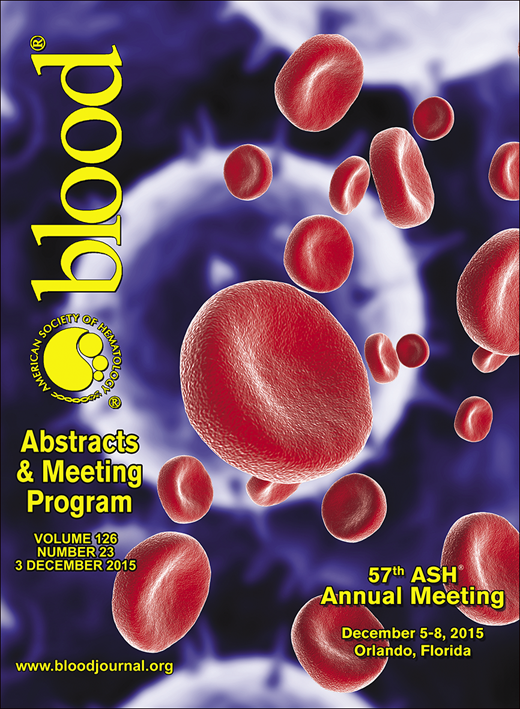Abstract
Background:
Autologous hematopoietic cell transplant (HCT) is frequently used to treat plasma cell dyscrasias. High-dose melphalan is the most commonly utilized preparative regimen. Frequently seen non-hematologic adverse effects include oropharyngeal mucositis and GI toxicity. Reported incidence rate of overall and severe (grade 3-4) mucositis is 60-90% and 30-40%, respectively. Amifostine is a thiol derivative, which has been used for protection of normal tissues in radiation and chemotherapy. Amifostine has a relatively safe profile with hypotension, nausea, vomiting and diarrhea (N/V/D) as main side effects. We explored the efficacy of amifostine to reduce overall incidence and severity of mucositis after high-dose melphalan therapy.
Methods:
We conducted a retrospective study of 126 autologous HCT (110 patients) with high-dose melphalan performed from January 2007 to July 2014 at our center for plasma cell myeloma. Twelve patients underwent tandem transplants and four had second autologous transplants after relapsed disease and were excluded from survival analysis. Patients' characteristics (n=110) as listed in Table 1. All but one patient received two doses of Amifostine given as 740 mg/m2 IV bolus on days T-2 and T-1. Melphalan was administered as IV bolus on T-1 at the dose of 200 mg/m2, except for 4 patients who received 140 mg/m2 due to impaired renal function. All patients received ice chips peri-melphalan infusion. All patients received cryopreserved autologous hematopoietic cell infusion on T-0. We graded mucositis and GI toxicities as per CTCAE v4.0 and recorded patient controlled analgesia (PCA), total parenteral nutrition (TPN), transplant and disease outcomes.
Results:
Severe (grade 3-4) mucositis and diarrhea rates were 14% and 12%, respectively (Table 2). PCA was used in 10% of transplants at a mean duration of 0.9 days and TPN was utilized in 5% of transplants for a mean duration of 0.45 days. Median length of stay for transplant was 15 days (range 3-44 days). Median time to neutrophil and platelet engraftment was 10 and 19 days, respectively (Table 3). Three patients died within 100 days after transplant (2 due to infections and 1 due to renal amyloidosis). At a median follow up of 39 months, median PFS is 25 months and OS is greater than six years. All patients were able to receive amifostine at prescribed doses except for one patient who received only one dose due to intractable N/V/D.
Conclusion:
Amifostine is effective in reducing high-dose melphalan-induced severe mucositis. Our data would suggest a decrease in severe mucositis and GI toxicity rates when compared to historically reported incidences. In addition, amifostine does not appear to have a deleterious effect on engraftment and/or survival and response rates (Table 3).
Patients characteristics
| Median Age (years) . | 59 (36-71) . | . |
|---|---|---|
| Gender (%) | Male 54 Female 46 | |
| Performance status (ECOG) | 1 (0-2) | |
| Median time to transplant from diagnosis (years) | 0.97 | |
| Median number of treatment regimens prior to transplant | 2 (1-6) | |
| Response prior to transplant (%) | Partial remission (PR) Very good partial remission (VGPR) Complete remission (CR) Stable disease (SD) | 60% 21% 18% 0.8% |
| Median Age (years) . | 59 (36-71) . | . |
|---|---|---|
| Gender (%) | Male 54 Female 46 | |
| Performance status (ECOG) | 1 (0-2) | |
| Median time to transplant from diagnosis (years) | 0.97 | |
| Median number of treatment regimens prior to transplant | 2 (1-6) | |
| Response prior to transplant (%) | Partial remission (PR) Very good partial remission (VGPR) Complete remission (CR) Stable disease (SD) | 60% 21% 18% 0.8% |
Toxicity
| . | Overall (grade 1-4) . | Severe (grade 3-4) . | Median grade . | Median Duration (days) . |
|---|---|---|---|---|
| Mucositis | 55% | 14% | 2 | 2 |
| Diarrhea | 92% | 12% | 2 | 7 |
| Nausea | 89% | 4% | 1 | 8 |
| Vomiting | 67% | 3% | 1 | 2 |
| . | Overall (grade 1-4) . | Severe (grade 3-4) . | Median grade . | Median Duration (days) . |
|---|---|---|---|---|
| Mucositis | 55% | 14% | 2 | 2 |
| Diarrhea | 92% | 12% | 2 | 7 |
| Nausea | 89% | 4% | 1 | 8 |
| Vomiting | 67% | 3% | 1 | 2 |
Engraftment and post-HCT disease response
| Engraftment . | . | . |
|---|---|---|
| Median (days) | Range (days) | |
| Neutrophils | 10 | 6-21 |
| Platelets | 19 | 8-71 |
| Post-HCT disease responses (%) | ||
| Stringent complete response (sCR) | 13% | |
| Complete response (CR) | 32% | |
| Very good partial response (VGPR) | 24% | |
| Partial response (PR) | 25% | |
| Not evaluated | 6% |
| Engraftment . | . | . |
|---|---|---|
| Median (days) | Range (days) | |
| Neutrophils | 10 | 6-21 |
| Platelets | 19 | 8-71 |
| Post-HCT disease responses (%) | ||
| Stringent complete response (sCR) | 13% | |
| Complete response (CR) | 32% | |
| Very good partial response (VGPR) | 24% | |
| Partial response (PR) | 25% | |
| Not evaluated | 6% |
Off Label Use: Amifostine use to prevent mucositis.
Author notes
Asterisk with author names denotes non-ASH members.

